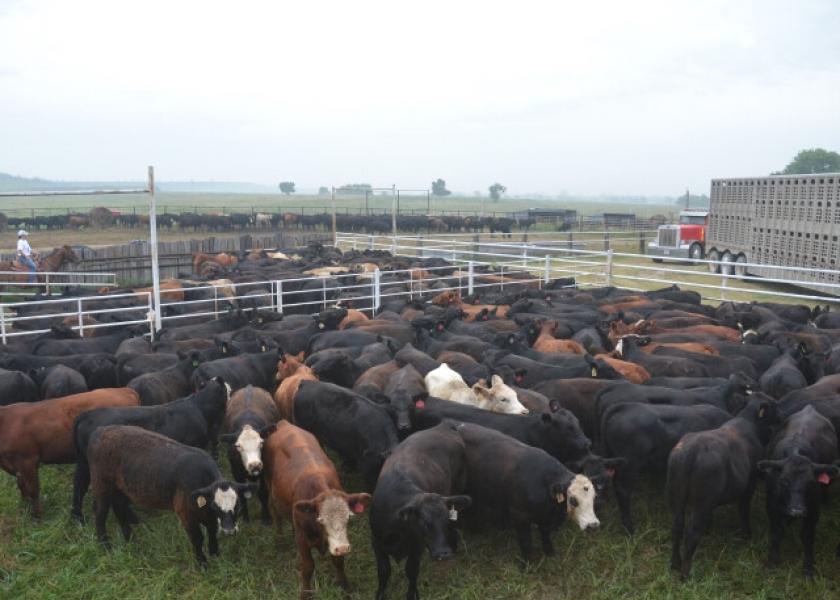Derrell Peel: Analyzing 2019 U.S. Beef Exports And Imports

Beef exports in 2019 were down 4.4% compared to 2018. Exports were down year-over-year to most major destinations including Japan (-10.0%); Hong Kong (-24.7%); Mexico (-5.4%) and Canada (-10.6%). Among major markets, only South Korea was up 7.1 percent year over year.
Japan accounted for the largest share of 2019 beef exports at 26.4%, with South Korea the second largest market with 22.6%. Number three market Mexico represented 14.0%. Canada is fourth at 8.9% followed closely by Hong Kong with a 7.7%. The top five markets along with Taiwan at 5.8% represent 86.1% of total exports. Beef exports to China increased in the second half of 2019 bringing the total for the year to 1.1% share of total exports.
Total beef imports increased 2.0% year-over-year in 2019. Beef imports were 7.0% higher from Canada and represented 27.7% of total imports. Number two beef import source Australia increased 6.5% year-over-year and was 23.4% of the total. Mexico is the third largest source of beef imports, up 14.1%, and accounting for 19.0% of the total. New Zealand is the fourth largest source of beef imports at 13.1% of imports but was down 29.9% year-over-year.
Total cattle imports increased 7.6% year-over-year in 2019. This includes a 2.7% increase in feeder cattle from Mexico and Canada and a 25.5% increase year-over-year in cattle for slaughter from Canada. Total cattle imports from Canada were 722,809 head, up 14.6%. Total imports from Mexico were 1,319,944 head, up 4.1% year-over-year.
Beef exports are expected to increase in 2020 with better prospects in China due to growing beef demand in general and enhanced protein needs from African Swine Fever (ASF). However, reduced exports to Hong Kong may offset growing beef exports to mainland China as trade flows into China become officially recognized. Additionally, the bilateral trade deal with Japan mostly restores U.S. beef competitive position in the country lost with U.S. withdrawal from the Trans-Pacific Partnership; and is expected to slow or halt the 2019 erosion in beef exports to the largest market for U.S. beef.
Australia is expected to see reduced beef production and exports, which will reduce exports to the U.S. and other global markets and may allow the U.S. to surpass Australia as the third largest beef exporting country. Less beef from Australia will contribute to a projected decrease in U.S. beef imports in 2020. The U.S. may see reduced beef imports as several major beef exporting countries, such as New Zealand, redirect increasing amounts of beef to China, which continues to dominate global beef trade. Improved beef trade prospects are part of the general optimism for stronger cattle and beef markets in 2020.
Related stories:
Cyclical Herd Expansion Over; Record Beef Production In 2020







